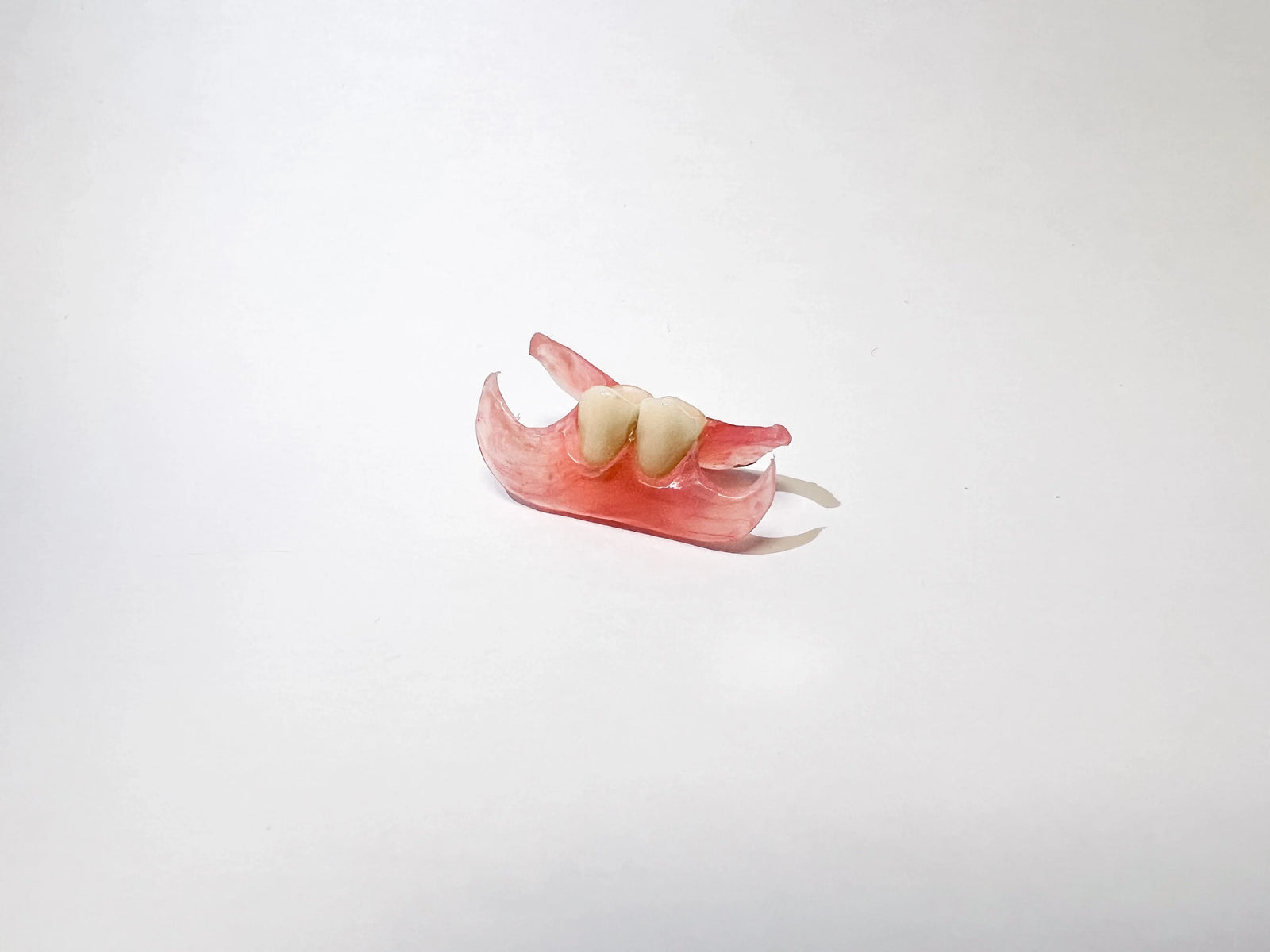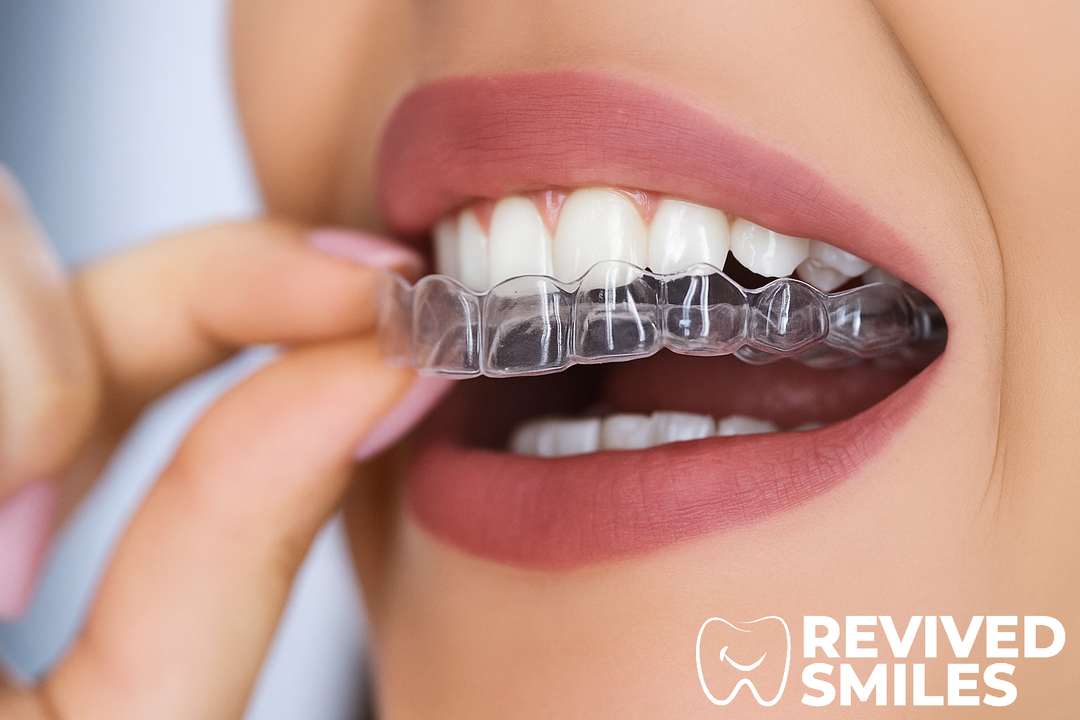Everything You Need to Know About Flexible Partial Dentures: A Comprehensive Guide

Are you considering a flexible partial denture to replace missing teeth? If so, you’re not alone. Flexible partial dentures have become an increasingly popular choice for individuals seeking a comfortable, natural-looking, and effective solution for missing teeth. This comprehensive guide will walk you through everything you need to know about flexible partial dentures, helping you make an informed decision about your dental health.
What Is a Flexible Partial Denture?
A flexible partial denture is a type of removable dental prosthesis designed to replace one or more missing teeth. Unlike traditional partial dentures, which are typically made from rigid acrylic or metal, flexible partial dentures are constructed from a soft, pliable material such as nylon or thermoplastic. This flexibility allows the denture to adapt more comfortably to the contours of your mouth, providing a snug fit that moves naturally with your gums and teeth.
Benefits of Flexible Partial Dentures
Flexible partial dentures offer a range of benefits that make them an attractive option for many people. Here’s why they are gaining popularity:
1. Comfortable Fit
One of the most significant advantages of flexible partial dentures is their comfort. The flexible material conforms to the shape of your gums, reducing the likelihood of sore spots or irritation that can occur with more rigid dentures. This makes them an excellent choice for individuals with sensitive gums or those who have experienced discomfort with traditional dentures.
2. Natural Appearance
Flexible partial dentures are designed to blend seamlessly with your natural teeth and gums. The base material is typically available in a variety of shades to match your gum color, and the denture teeth are crafted to look like your natural teeth. This results in a more aesthetically pleasing appearance, giving you the confidence to smile without worrying about noticeable dental appliances.
3. Durability and Flexibility
Despite their soft and pliable nature, flexible partial dentures are incredibly durable. The materials used in their construction are resistant to cracks and breaks, making them a long-lasting solution. Additionally, their flexibility allows them to withstand the pressures of daily wear without becoming damaged.
4. Ease of Use
Flexible partial dentures are easier to insert and remove compared to traditional dentures. Their flexible design makes them less prone to slipping or moving around in your mouth, providing better stability and reducing the need for denture adhesives.
5. Hypoallergenic Materials
For individuals with allergies or sensitivities to certain materials, flexible partial dentures offer a hypoallergenic option. The materials used are often free from metals and other allergens, making them suitable for a wider range of patients.
How Flexible Partial Dentures Compare to Other Dentures
When deciding whether a flexible partial denture is right for you, it’s important to consider how they compare to other types of dentures:
Flexible Partial Dentures vs. Traditional Acrylic Dentures
Traditional acrylic dentures are made from a rigid plastic material that can sometimes cause discomfort due to their inflexibility. While they are effective, they may require more frequent adjustments to ensure a proper fit. In contrast, flexible partial dentures provide a more comfortable fit from the start, with less likelihood of needing adjustments.
Flexible Partial Dentures vs. Metal Framework Dentures
Metal framework dentures are known for their strength and durability, but they can feel bulky and may be more noticeable in the mouth. Flexible partial dentures, on the other hand, offer a more discreet and comfortable alternative, with no visible metal components.
Flexible Partial Dentures vs. Full Dentures
Flexible partial dentures are designed to replace a few missing teeth, making them an ideal choice for those who still have some natural teeth remaining. Full dentures, however, are meant for individuals who have lost all of their teeth in a particular arch (either upper or lower). If you only need to replace a few teeth, a flexible partial denture could be the better option.
Who Should Consider a Flexible Partial Denture?
Flexible partial dentures are suitable for a wide range of individuals. You may want to consider this option if:
- You have one or more missing teeth: Flexible partial dentures are designed to fill gaps left by missing teeth, restoring both function and aesthetics.
- You experience discomfort with traditional dentures: If you’ve struggled with the fit or feel of rigid dentures, a flexible partial denture could provide a more comfortable solution.
- You’re looking for a natural-looking option: The materials used in flexible partial dentures blend well with your natural teeth and gums, providing a seamless appearance.
- You have allergies to certain materials: The hypoallergenic materials used in flexible partial dentures make them a good choice for individuals with sensitivities to metals or other common denture materials.
How to Care for Your Flexible Partial Denture
Proper care and maintenance are essential to extending the life of your flexible partial denture and ensuring it remains comfortable and effective. Here are some tips for caring for your denture:
1. Clean Your Denture Daily
Just like your natural teeth, your flexible partial denture needs to be cleaned daily to remove food particles and plaque. Use a soft-bristled toothbrush and non-abrasive denture cleaner to gently brush your denture. Avoid using toothpaste, as it can be too abrasive and may damage the material.
2. Soak Your Denture Overnight
When you’re not wearing your denture, it’s important to keep it moist to prevent it from drying out and losing its shape. Soak it overnight in water or a denture-soaking solution to keep it in optimal condition.
3. Handle with Care
Although flexible partial dentures are durable, they can still be damaged if dropped or mishandled. Always handle your denture with care, and store it in a protective case when not in use.
4. Avoid Hot Water
Exposing your flexible partial denture to hot water can cause the material to warp. Always use lukewarm or cool water when cleaning or soaking your denture.
5. Regular Dental Check-Ups
Even with a flexible partial denture, regular dental check-ups are essential. Your dentist will check the fit of your denture, ensure your gums and remaining teeth are healthy, and make any necessary adjustments.
Common Questions About Flexible Partial Dentures
1. How long do flexible partial dentures last?
With proper care, flexible partial dentures can last anywhere from 5 to 8 years. However, their lifespan can vary depending on factors such as wear and tear, oral hygiene practices, and the overall health of your remaining teeth and gums.
2. Can flexible partial dentures be repaired?
Yes, in many cases, flexible partial dentures can be repaired if they become damaged. However, the repair process may differ from that of traditional dentures, so it’s important to consult with your dentist or a dental lab that specializes in flexible dentures.
3. Are flexible partial dentures covered by insurance?
Many dental insurance plans cover at least a portion of the cost of flexible partial dentures, but coverage can vary. It’s best to check with your insurance provider to understand your benefits and any out-of-pocket costs.
Conclusion: Is a Flexible Partial Denture Right for You?
Flexible partial dentures offer a comfortable, natural-looking, and durable solution for individuals with missing teeth. Whether you’re new to dentures or looking for a more comfortable alternative to traditional options, a flexible partial denture could be the perfect choice for maintaining your smile and oral health.
If you think a flexible partial denture might be right for you, consult with your dentist to discuss your options and determine the best course of action for your dental needs.





Looking to get Flexible AKA Valplast Partial Denture
Leave a comment